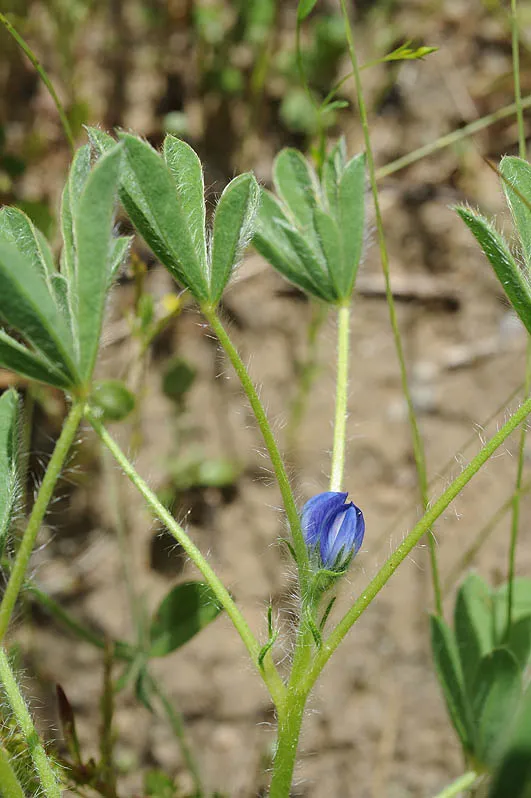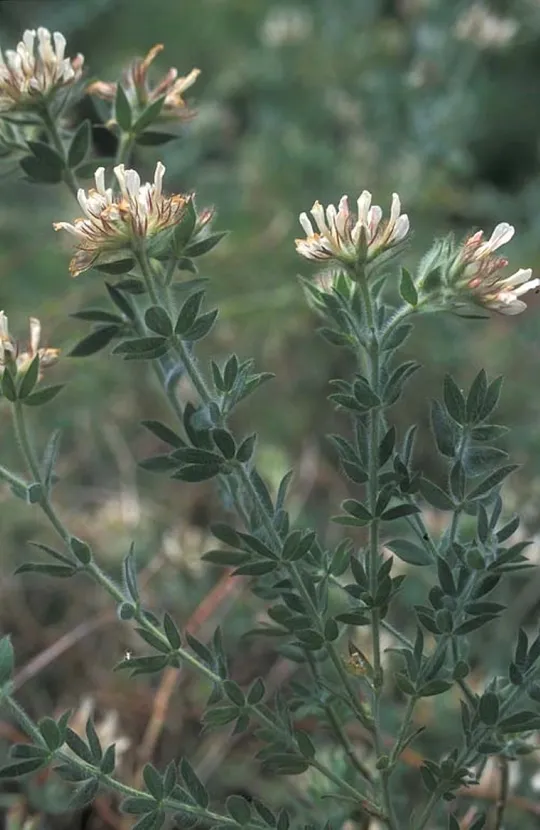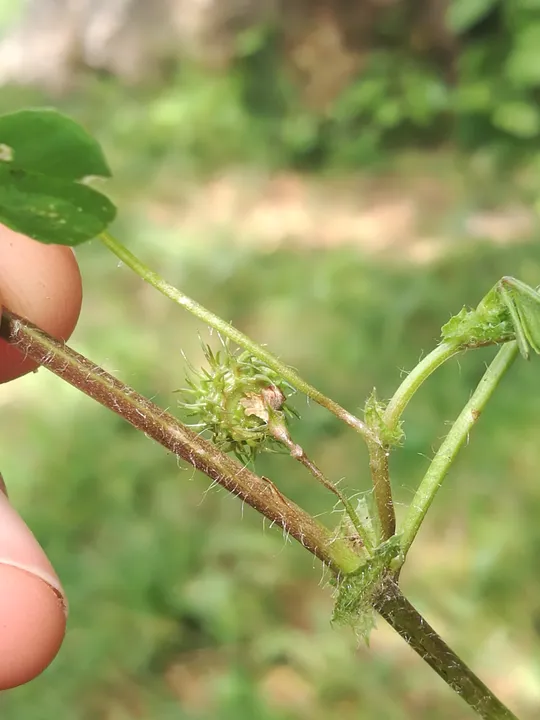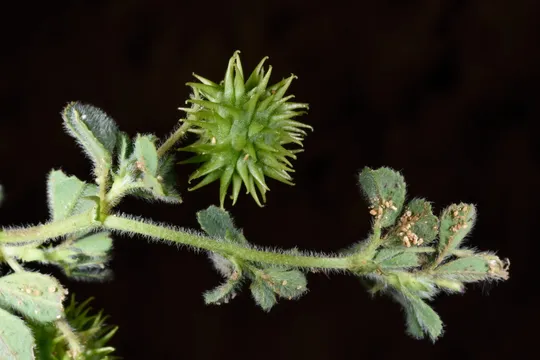European Yellow Lupin
Lupinus luteus
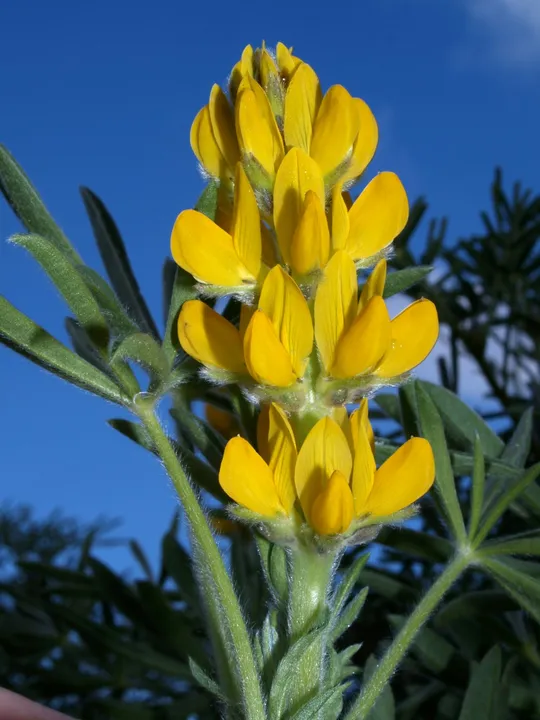
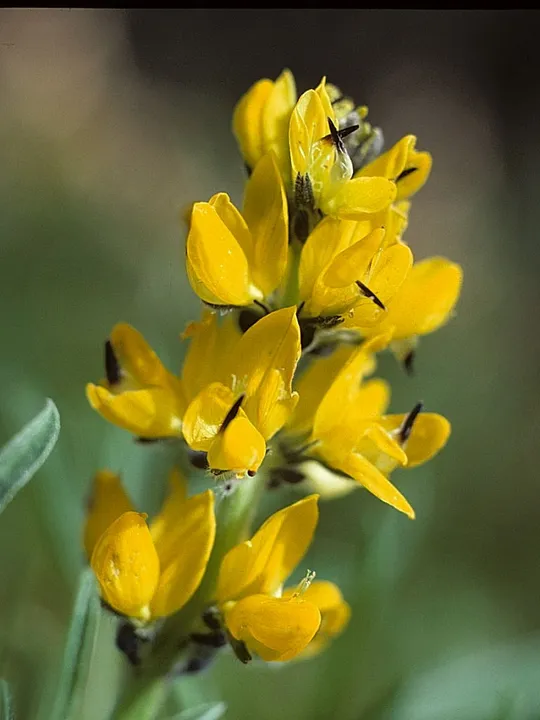
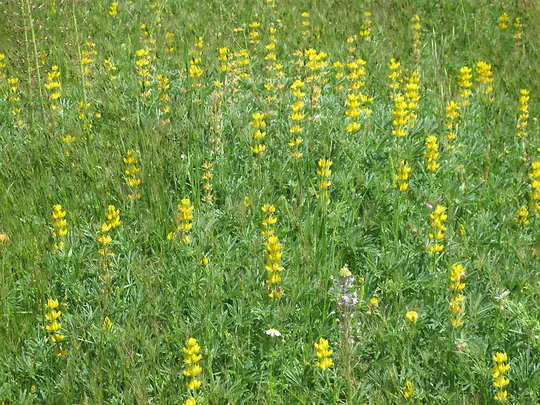
Lupinus luteus was once grown as an edible plant whose seeds were roasted or pickled. The
roasted seeds can be used to prepare a coffee-like drink. The seeds contain
toxic alkaloids and in order to use them they have to be soaked for a long
time, to rinse out the alkaloids and to remove the bitter taste.
Lupinus luteus
grows in the Sharon and Pleshet and has been documented at 51 sites, although
according to estimates only about 40 of them still exist. It is definitely
extinct in 10 sites. In the Sharon it is found in the Binyamina-Pardes Hana area,
near Hadera, Ilanot, Ramat HaKovesh, Netanya, Shfayim and southwards to northern
Tel Aviv. The extinct sites in the Sharon are concentrated in the regions across
the Yarkon River in Tel Aviv-Ramat Hasharon, in built up areas. In Pleshet L. luteus
is found in the Kiryat Ono region as well as in Givat Brener and the Ramle
area. In the Flora Palestina it is also noted from the Acre Valley and from the
Arava, but no evidence has been found to support this.
Red loam (Hamra)
and sandy red loam soils with herbaceous vegetation, occasionally in disturbed
places.
The genus Lupinus
consists of several hundred mostly perennial species, mainly in the American
continent. Five annual species grow in Israel, and L. albus is grown as a cultured flower. L.
pilosus, whose flowers are blue, grows in mountainous areas, mainly on
terra rossa and basalt soils and is also cultivated as a garden ornamental. L.
palaestinus that has white-lilac flowers, is a closely related species. It
is found on sandy soil on the coastal plain and is endemic to Israel. Other
species found in Israel include L. angustifolius and L. micranthus,
both of which have blue flowers. L. luteus is unusual in
its yellow flowers, and it may be feral in Israel.
·
Lupinus luteus
grows on a relatively large number of sites in the Sharon and Pleshet, but they
have decreased significantly.
·
Occasionally it
appears in large populations numbering hundreds to thousands of densely growing
plants, and sometimes a few plants grow in a scattered pattern. Large patches of
L.
luteus have been known to disappear or decrease over the years
without obvious reason.
·
The regions in
which L. luteus
grows are the most populous in Israel. The sites in which it is extinct are
near settlements that expanded at the expense of existing natural sites. Land
use changes threaten some of the remaining sites of the species. In addition,
the plant is relatively attractive for picking.
·
The plant is
protected in the Tel Yitshak, Udim and Bney Tsion reserves. The remaining sites
are located on patches of red loam, which at this time are still not built or cultivated,
but are not located in declared reserves.
·
L. luteus
has a broad global distribution and its current geographical boundaries are
much greater that its natural ones, due to its introduction into many countries.
In some of them it became a feral plant that survived after being used in
agriculture or spread into surrounding natural areas. It is not globally
endangered.
A new survey
should be conducted to determine the current status of Lupinus luteus
populations and their size. A number of protected monitoring plots should be
established at several major population concentrations to track long-term
trends. Seeds should be spread on available red loam soil to create new
populations and backup populations should be established in botanical gardens.
Lupinus luteus
is found in the countries of the western Mediterranean Basin mainly in Spain
and Portugal and in the islands. It also grows wild in the Maghreb countries –
Morocco, Algeria and Tunisia, but does not appear in Libya and Egypt. There is
doubt about its status as a natural species in some of the Mediterranean
countries (Italy, Sicily and Sardinia); in some countries it is considered as
an alien or feral species (France,
Greece, Syria and Lebanon). There is some evidence regarding its presence in
most European countries outside the Mediterranean Basin, and across the Asian
continent, but there it was introduced to be grown for food and then spread to
the wild. L. luteus is also an alien
and invasive species in Florida in the United States, Australia, New-Zealand
and East Africa.
Lupinus luteus
is an annual herb of uncultivated red loam and sandy red loam soils in the
Sharon and Pleshet. It may be a feral species. There are a few dozen L. luteus sites in Israel,
but they are on a decreasing trend. The species is not globally
endangered and in many countries it is an alien and feral species.
Current Occupancy Map
| 1000 squre meter pixel | 5000 squre meter pixel | 10000 squre meter pixel | |
|---|---|---|---|
| number of observations | 0 | 0 | 0 |
| in total pixels | 0 | 0 | 0 |
| Family | Fabaceae |
| Classification | On the endangered species list |
| Ecosystem | Coastal area |
| Chorotype | Mediterranean |
| Conservation Site | Ahu Binyamina, Pardes Hanna |
| Rarity |
1
1
6
|
|---|---|
| Vulnerability |
0
4
4
|
| Attractiveness |
0
2
4
|
| Endemism |
0
0
4
|
| Red number |
1
4.2
10
|
| Peripherality | N |
| IUCN category | DD EW EX LC CR EN VU NT |
| Threat Definition according to the red book | Endangered |
 Based on:
Based on:
